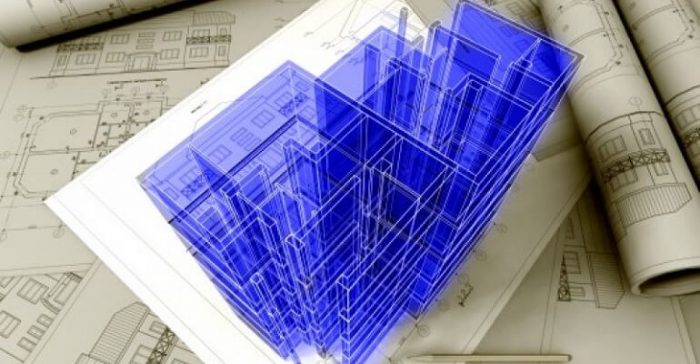Levon Whyte, ERS, for Zondits
Construction projects cost a lot of money to develop. The last thing any construction firm wants to do is budget additional costs for developing a building energy model. Energy modeling, however, may prove to be more cost-effective than one might initially assume.
Energy models simulate how much energy a designed building will consume, taking into consideration weather, occupancy, building envelope, and proposed mechanical systems. The benefit of investing in an energy model is that designers can use these models to analyze which combination of building envelope, building layout, and HVAC systems will have the lowest operating cost. In many cases, the energy cost savings derived from implementing an optimal building design (as determined from energy modeling) will outweigh the cost of developing the building model. If we were to evaluate the investment in an energy model using simple payback we would find that an energy model pays for itself in a few months.
Anica Landreneau, Director of Sustainability at the architectural and engineering firm HOK, provided evidence for this in her presentation at the Better Buildings Summit held May 9‒11, 2016, in Washington, DC. In an internal study, HOK tracked modeling costs and predicted energy savings for a number of their projects over a few years. What they discovered is that the typical payback (the modeled energy cost savings divided by the cost of developing the model) for a building energy model is between 1 and 7 months. For example, for one of the projects they worked on, the DC Consolidated Forensic Laboratory, the modeling fees ran about $60,000. The optimal building design, however, was predicted to save $537,855 in energy costs annually. The payback period in this case was a mere 1.3 months.
Furthermore, Ms. Landreneau highlighted that modeling fees are not an exorbitant cost compared to gross project fees. Using data from HOK projects she determined that modeling fees are generally between 0.5% and 3.3% of gross costs. You can find her presentation on the Department of Energy’s website.
So, the next time you are involved building design for new construction or renovation you may want to strongly consider investing in an energy model to help determine the most economical design solution for your project. The investment will be well worth it.
